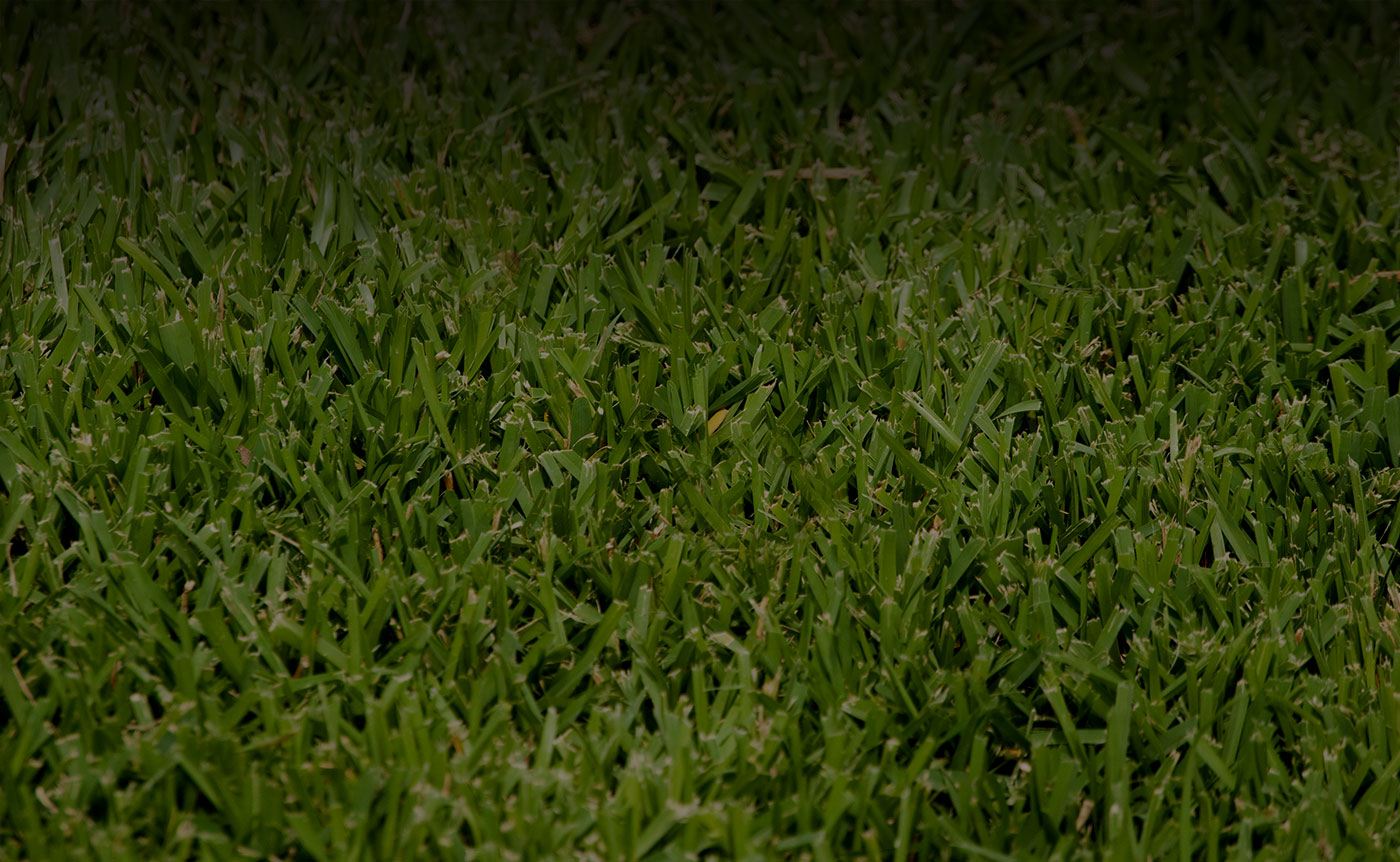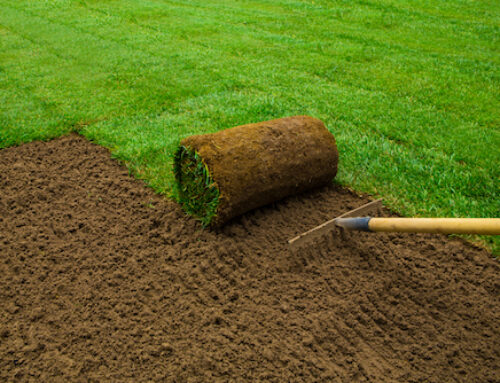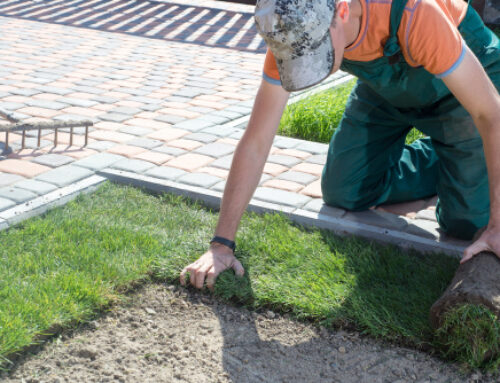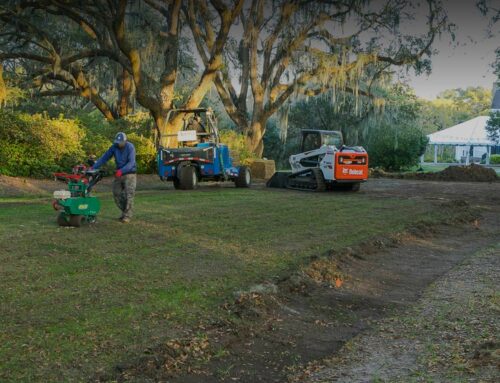A lush and vibrant lawn is a hallmark of a well-maintained property, enhancing curb appeal and providing a welcoming outdoor space for various activities. When establishing a new lawn or rejuvenating an existing one, selecting the correct type of sod is crucial. With many options available, each suited to different climate conditions, soil types, and maintenance preferences, making an informed choice can be challenging. This comprehensive guide will delve into the essential factors to consider when you do sod selection for your lawn.
Understanding Sod and It’s Benefits
Sod, or turfgrass, is a cultivated grass grown and nurtured on a specialized farm before being harvested and transported to your property. Unlike traditional seeding, sod provides instant gratification, offering an established and uniform lawn from day one. There are several benefits to choosing sod over seed, including:
Immediate Results: Sod provides an instant, lush green carpet that quickly transforms your landscape, while seeds can take weeks or months to germinate and grow.
Erosion Control: Sod helps prevent soil erosion, especially on slopes or areas prone to runoff, due to its well-established root system.
Weed Suppression: Sod’s dense growth helps prevent weeds from taking hold and competing with the grass.
Soil Stabilization: The root system of sod stabilizes the soil, reducing the risk of mud or dust during wet or dry periods.
Reduced Maintenance: Sod requires less initial maintenance than seeding, as you don’t need to worry about protecting young and fragile seedlings.
Uniform Appearance: Sod creates a uniform and consistent look, with no patchiness or uneven growth common in seeded lawns.
Factors to Consider
Selecting the right sod for your lawn involves evaluating various factors to ensure its long-term success. Let’s delve into these crucial considerations:
1. Climate and Location
Your local climate determines which sod type will thrive in your lawn. Different grass species have varying temperature and water requirements. For instance:
Cool-Season Grasses: Suitable for regions with cold winters and moderate summers. Examples include Kentucky Bluegrass, Fescue, and Ryegrass.
Warm-Season Grasses: Thrive in hot summers and mild winters. Zoysia, Bermuda, and St. Augustine are popular choices.
2. Sunlight Exposure
The sunlight your lawn receives daily influences the grass type you should choose. Some grasses thrive in full sun, while others are more shade-tolerant. Consider the orientation of your property and surrounding structures that might cast shadows on the lawn.
3. Soil Type and pH
The composition of your soil impacts how well the grass will grow. Conduct a soil test to determine its pH level and nutrient content. Different grasses prefer varying soil conditions, so matching the grass type to your soil type is crucial.
Sandy Soil: Requires grasses that can tolerate lower water retention.
Clay Soil: Needs grasses with good drainage and resistance to compaction.
4. Water Requirements
Evaluate the water availability in your area and your willingness to commit to watering your lawn. Some grasses are drought-tolerant and require less water, while others demand consistent irrigation.
5. Maintenance Commitment
Consider the level of maintenance you’re willing to provide. Some grasses, like Bermuda, proliferate and necessitate frequent mowing, while others, like Zoysia, require less frequent mowing and overall care.
6. Traffic and Usage
The amount of foot traffic your lawn will experience should influence your sod choice. Some grasses, such as Bermuda, can withstand heavy traffic, while others, like Kentucky Bluegrass, are more delicate.
7. Disease Resistance
Different grass types have varying resistance to common diseases in your region. Research disease susceptibility and choose grasses less prone to problems in your area.
8. Aesthetic Preferences
Consider the appearance you desire for your lawn. Some grasses have a finer texture, while others are coarser. Choose a grass variety that aligns with your aesthetic preferences.
Common Sod Types
Let’s explore some popular sod varieties, their characteristics, and where they thrive:
Kentucky Bluegrass: Known for its lush, dark green appearance and fine texture, Kentucky Bluegrass is a cool-season grass ideal for temperate climates with cold winters. It requires moderate maintenance and regular watering.
Tall Fescue: A cool-season grass with broader leaves, Tall Fescue is shade-tolerant and adapts well to various soil types. It’s a good choice for regions with hot summers and cold winters.
Zoysia: This warm-season grass forms a dense carpet and boasts excellent heat and drought tolerance. Zoysia requires less water and mowing, making it suitable for hot climates.
Bermuda: Another warm-season grass, Bermuda, is known for its rapid growth and ability to withstand heavy traffic. It thrives in full sun and requires regular maintenance.
St. Augustine: A warm-season grass with a coarse texture, St. Augustine is well-suited for coastal regions with mild winters. It’s shade-tolerant and has good salt tolerance.
Ryegrass: Often used in overseeding for winter color, Ryegrass is quick to establish and provides green cover during colder months. It’s commonly mixed with other grass types.
The Sodding Process for Sod Selection
The next step is installation once you’ve chosen the appropriate sod type. Follow these steps for a successful sodding process:
Preparation: Clear the area of debris, rocks, and old grass. Ensure the soil is well-drained and level. Add compost or soil amendments if needed.
Measurement and Ordering: Measure your lawn’s dimensions accurately to order the right amount of sod. Order fresh sod close to your installation date.
Installation: Lay the sod rolls in a staggered brick-like pattern, ensuring tight seams between rolls. Roll the sod with a lawn roller to eliminate air pockets and promote good soil-to-sod contact.
Watering: Water the newly installed sod thoroughly immediately after installation. Keep the sod moist for the first few weeks to aid root establishment.
Mowing and Maintenance: After the sod has rooted, typically within a few weeks, start mowing. Follow the recommended mowing height for your grass type and maintain regular watering and fertilization.
Conclusion
Selecting the right sod for your lawn is a decision that impacts the aesthetics, health, and maintenance requirements of your outdoor space. By considering factors like climate, sunlight, soil type, water availability, and care preferences, you can make an informed choice that leads to a vibrant and inviting lawn.
Whether you opt for cool-season grasses like Kentucky Bluegrass or warm-season options like Zoysia or Bermuda, following proper installation and maintenance practices will help you achieve the lush, green carpet you’ve always dreamed of. Remember, a well-chosen sod type, combined with proper care, will lay the foundation for a beautiful lawn that enhances your property for years.





